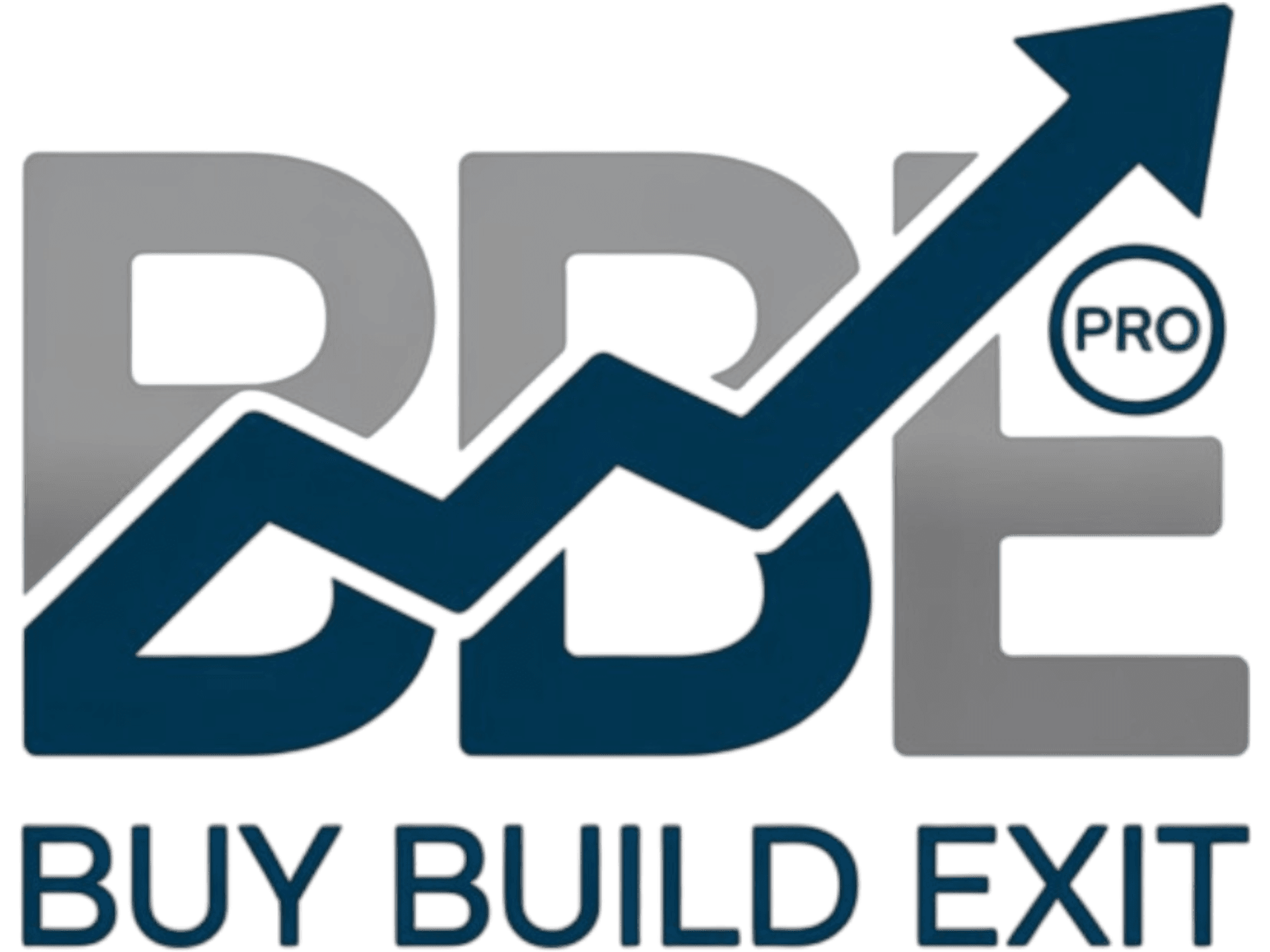Smart Acquisitions: A Comprehensive Guide to Sustainable Business Growth
AP
In today's fast-paced business environment, sustainable growth is more important than ever. Companies are increasingly looking to smart acquisitions as a strategy to enhance their market position and fuel long-term success. This comprehensive guide will delve into the key elements of making intelligent acquisitions that promote sustainable growth.

Understanding the Importance of Smart Acquisitions
Smart acquisitions go beyond simply expanding a company's size or geographic reach. They are strategic moves designed to create synergies, enhance capabilities, and secure competitive advantages. When done correctly, acquisitions can propel a company to new heights, opening doors to untapped markets and innovative technologies.
However, not all acquisitions lead to success. A poorly planned acquisition can drain resources and create disruption within the acquiring company. It is crucial to have a clear understanding of the strategic goals behind an acquisition and ensure alignment with overall business objectives.
Key Factors for Successful Acquisitions
There are several factors that contribute to the success of an acquisition:
- Strategic Fit: The target company should align with the acquiring company's long-term goals.
- Cultural Compatibility: Merging different corporate cultures can be challenging. Ensuring compatibility is essential for a smooth transition.
- Financial Health: Conducting thorough due diligence on the financial status of the target company helps avoid unforeseen liabilities.
- Integration Plan: A detailed integration plan ensures that both companies operate as a unified entity post-acquisition.

Evaluating Potential Acquisition Targets
The evaluation process begins with identifying potential acquisition targets that align with your strategic objectives. Consider companies that offer complementary products or services, have strong brand recognition, or possess innovative technologies that can enhance your current offerings. Understanding the target's customer base and market position is also crucial in evaluating its potential contribution to your growth strategy.
Furthermore, performing a SWOT analysis (Strengths, Weaknesses, Opportunities, Threats) can provide valuable insights into how a target company can fit within your organization. This analysis helps in identifying both the potential benefits and risks associated with the acquisition.
Conducting Due Diligence
Due diligence is a critical step in any acquisition process. This involves a comprehensive review of the target company's financial records, legal obligations, operational processes, and corporate culture. By conducting due diligence, you can uncover any potential red flags that could impact the success of the acquisition.
During this phase, it's also important to engage with key stakeholders from both organizations to assess the potential for integration and collaboration. Understanding the motivations and expectations of all parties involved is essential for building a strong post-acquisition relationship.

Implementing a Seamless Integration
A successful acquisition is not just about closing the deal; it requires effective integration of the acquired company into your existing operations. Developing a well-structured integration plan is crucial for minimizing disruptions and achieving the desired synergies.
This plan should outline clear objectives, timelines, and responsibilities for both companies. Regular communication and collaboration between teams are vital to address any challenges that arise during the integration process.
Measuring Success and Adjusting Strategies
After the acquisition is complete, it's essential to measure its success against predefined metrics. This could include financial performance, market share growth, or customer satisfaction levels. Regularly reviewing these metrics allows you to assess whether the acquisition is meeting its intended objectives.
If necessary, be prepared to adjust strategies to better align with evolving business goals. Flexibility and adaptability are key components of leveraging acquisitions for sustainable growth in a dynamic marketplace.

